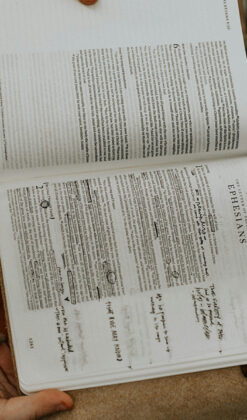
I’ve been interacting with Lisa Diamond’s fascinating book Sexual Fluidity: Understanding Women’s Love and Desire. In my previous post, I summed up Diamond’s conclusions about sexual fluidity and ended with her thoughts about the whole nature vs. nurture debate. In short, not only does Diamond say that the strict biological (nature) explanation is wrong, but that it’s been disproven quite thoroughly by recent scientific studies.
“In textbooks and the popular media alike, sexual orientation…is described as strictly biological, and yet we know that environmental and interpersonal factors interact with biological influences.”
Diamond goes on to refer to the “strictly biological” model as outdated, disproven, and no longer representing the best of recent science.
“My voice is one of many calling for an expanded understanding of same-sex sexuality—and especially female sexuality—that better represents its diversity. For decades scientists have questioned the rigid, categorical models of sexual orientation that continue to dominate both lay and scientific opinion. Yet the old models die hard” (p. 236).
This doesn’t mean that she believes (with some conservative Christians) that same-sex attractions are a choice, or purely caused by environmental situations. Biology does play a role, but only a role. Diamond’s research agrees with a wide range of other scientific studies, which show that biological and environmental factors both play a part:
“[S]exual feelings and behaviors are structured by complex interactions among individual and contextual factors, including genes, hormones, maturational state, personality traits, situational factors, interpersonal influences, and cultural norms” (p. 239).
Or in more layperson’s terms:
“trying to identify the specific percentage of genetic versus environmental determinants of any complex phenomenon—such as same-sex sexuality—is as futile as trying to pull apart a chocolate cake into flour, sugar, eggs, and butter that went into it” (p. 240).
It’s important not to confuse environmental influences with choice. Some people think that if something isn’t purely biological—like brown hair—then it must be a choice. But many things that are fundamental to our humanity that aren’t biological also aren’t a choice.
For instance, my ability to speak English isn’t biological, nor did I choose it. And yet it’s still a fixed trait and I can’t unlearn it. I was simply nurtured in an environment where I sort of absorbed English and I don’t consciously remember learning it.
Another important distinction Diamond makes is between love and desire.
In what I believe was Diamond’s most intriguing chapter (ch. 7 “How Does Fluidity Work”), she points out the difference between romantic love and sexual desire, both of which play an important role in shaping our sexuality.
“Although we might imagine that feelings of love and desire are closely related, they are actually governed by independent brain systems with different functions and neurobiological bases. This has profound implications for sexual orientation and sexual fluidity.”
As stated in my last post, Diamond discovered that sexual fluidity exists within a general orientation. It’s not like one’s orientation flies all over the map: One day I’m straight, the next day I’m gay, and who knows what I’ll be tomorrow morning. Sexual fluidity doesn’t refer to radical transformation of one’s basic orientation.
Understanding the difference between love and desire helps us see how fluidity interacts with orientation. Generally speaking, women poses a more stable sexual desire and yet more fluidity in terms of romantic love. Of course, the two don’t “feel” distinguishable; it all just feels like one thing when you’re falling in love or having sex. But for women, love is less gender specific and doesn’t have to be sexual, and yet can be just as intense, just as overwhelming, just as much an “infatuation” as sexual desire. This is why it’s not uncommon for two straight women to develop such deep connections with other women that it almost feels romantic even though it’s not sexual. (We’ll look at this in the next post.)
In short, love and desire both constitute a woman’s sexuality, but they are not the same. “Thus the correct response,” says Diamond, “to the longstanding question, ‘Is homosexuality genetic or environmental?’ is not ‘yes’ or ‘no’ but rather, ‘Which kind’?” (p. 211).
“Whereas consistent desires to seek out and initiate same-sex activity probably stem, at least in part, from an alteration in the intrinsic gender coding of proceptive desires, same-sex arousability [similar to the “romantic love” above] needs no such programming, and depends instead on environmental and situation factors” (p. 211).
Diamond concludes that though “desire” (more innate) influences love (more environmental), it goes both ways as well. Love—even Platonic love that starts non-sexually—can influence one’s desire and shape same-sex attractions.











